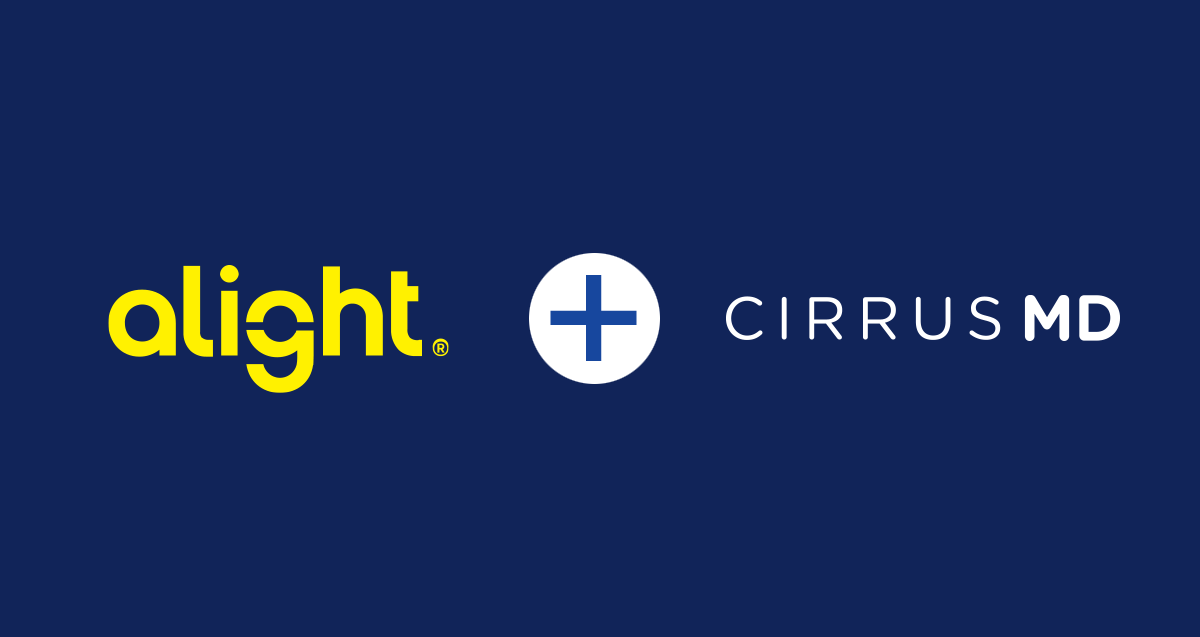As we head into 2024, and the cost of healthcare benefits continues to rise for both employers and often employees, benefits experts are examining a two-part question:
- Where can employers find ROI on the benefits they’re investing in?
- What do employees really want and what will they use?
A recent article in Fortune noted that “78% of employers believe their workers are highly satisfied with their benefits, [yet] only 59% of employees express the same, according to Aflac’s newest WorkForces Report, released this week.”
There are a number of issues driving the divide between employers and employees. For example, CEOs at large employers are asking human resource leaders to find measurable ROI on their benefits bundles, making the cost of benefits and utilization among the most important goals. In the meantime, employees care about their out of pocket expenses, and as benefit offerings continue to grow, are facing difficulty figuring out what benefits are available to them and which are best suited to their needs. Especially at the point they most need them.
The Fortune article noted, “It’s not just benefits costs where employers stand to lose money—unsatisfied employees may look for jobs that provide more desirable benefits packages. Just 48% of employees say they are confident that their employer cares, a sharp decline from 56% in 2022 and 59% in 2021. And 60% of workers who think their employer doesn’t care about their well-being say they are at least somewhat likely to look for a new job next year.
But what does “more desirable benefits” actually mean to employees? And how can these benefits be more easily accessed and utilized by those who need them?
Give Employees a Benefit They’ll Actually Use
The recent announcement of a new care model from CirrusMD is specifically designed to address these issues. With Physician-first Care & Guidance, CirrusMD members begin their care journey with a trusted doctor who has access to patient-specific information, including the benefits available through their plan sponsor.
Because these benefits have been carefully selected to provide a comprehensive set of solutions covering health issues from musculoskeletal pain to mental health, what becomes most important is helping patients understand the best clinical step to take and what solutions are available to them.
CirrusMD measures approximately 83% of encounters resolved by the physicians on the platform — but when it’s determined that additional care is clinically necessary, the CirrusMD doctor helps direct the patient’s care journey to the appropriate next step. Then a multidisciplinary team provides clinical guidance and coaching as the patient completes their care path. In early pilot studies, large employers are seeing improved utilization of their benefits portfolio, including a 400% increase in benefit referrals to patients. So often employees don’t know what benefits are available to them. “I think that a lot of companies offer great benefits. It really goes to how they educate employees about what those benefits are and encourage them to use the benefits on a consistent basis,” says Jeri Hawthorne, senior vice president and chief human resources officer at Aflac.
Employers invest heavily in their employee benefits as attraction and retention strategies. Implementing a care model that not only meets a member’s care needs quickly, but also guides them to the right benefit or in-network resource improves employee awareness and utilization of those valuable investments.





